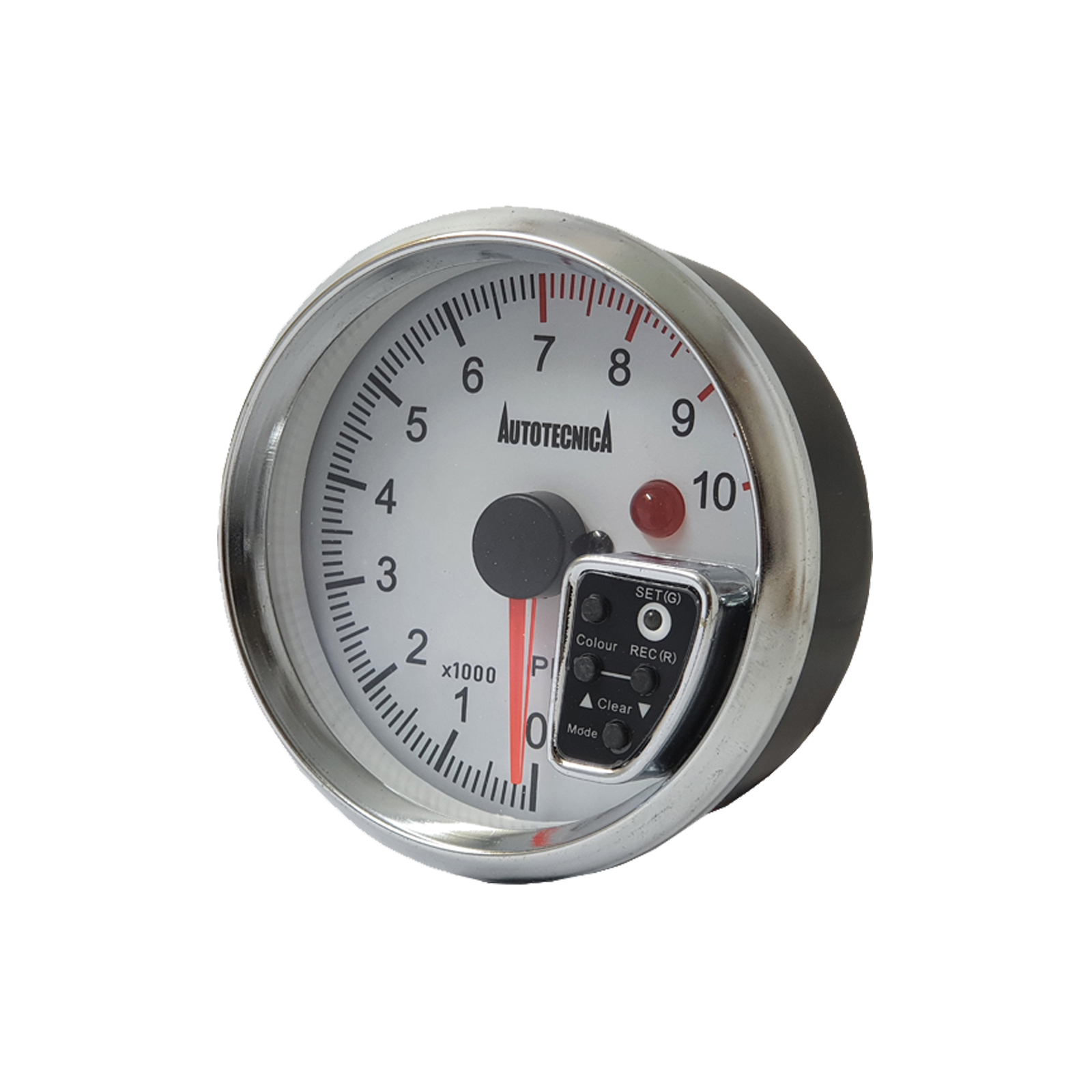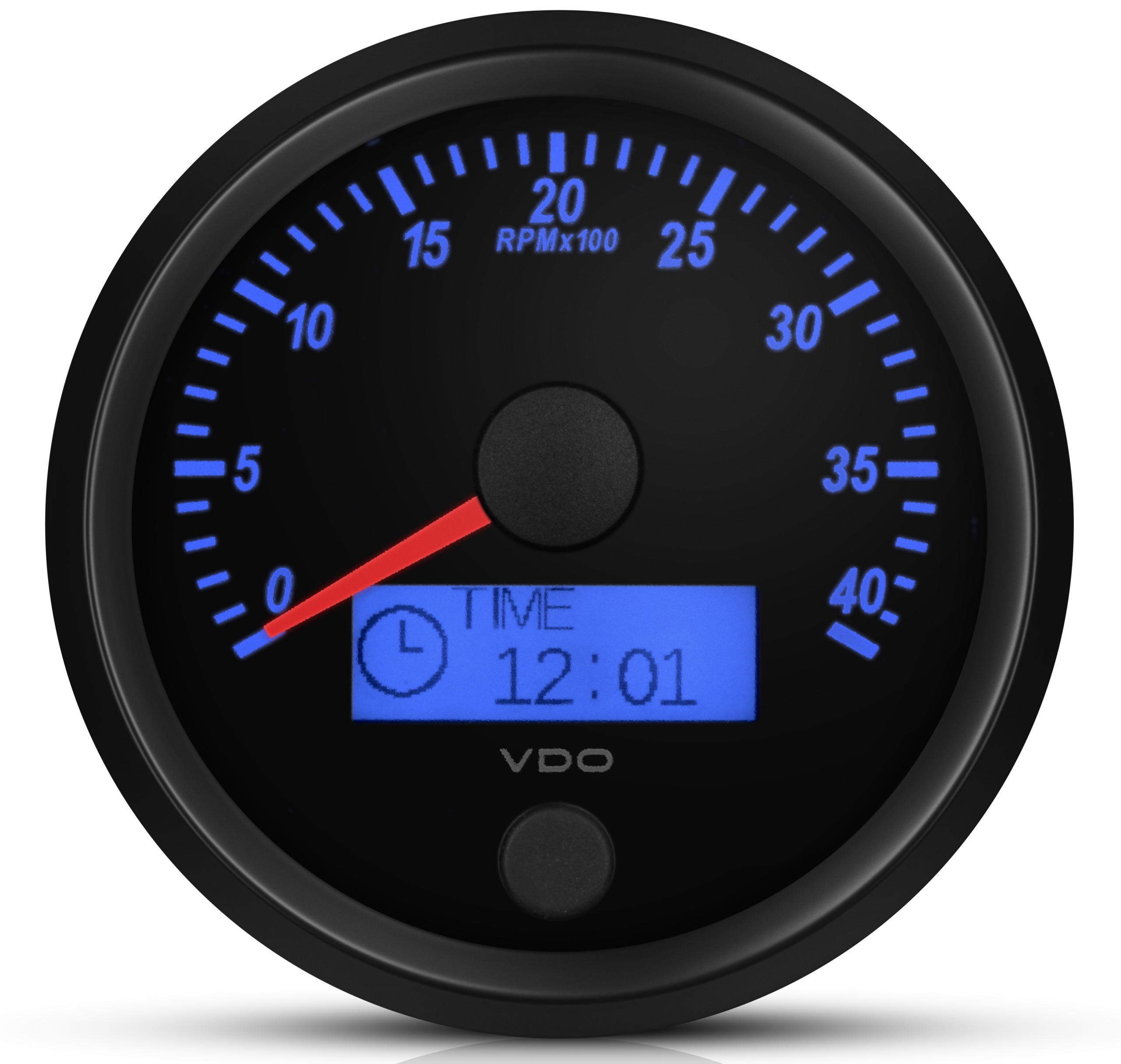The Advantages of Mounting a Tachometer in Your Lorry
The Advantages of Mounting a Tachometer in Your Lorry
Blog Article
Unlocking the Keys of Tachometers: Every Little Thing You Required to Know Regarding This Important Instrument in Your Vehicle
Recognizing the ins and outs of tachometers can supply useful insights into your lorry's efficiency and maintenance requirements. From gauging engine speed to figuring out the data it offers, tachometers function as a critical device for automobile owners and fanatics alike. By unwinding the mysteries behind this essential tool, you can unlock a wide range of info that can enhance your driving experience and make certain the durability of your vehicle.
Relevance of Tachometers
The relevance of tachometers depends on their capacity to offer crucial real-time information about an engine's rotational rate, allowing for specific tracking and upkeep of machinery. By determining the revolutions per min (RPM) of an engine's crankshaft, tachometers provide beneficial insights right into the engine's performance - tachometer. This information is necessary for making certain that the engine operates within its optimum range, preventing prospective damage from over-revving or underperforming
Tachometers play a crucial role in assisting drivers and specialists find any abnormalities in the engine's rate, which could suggest concerns such as fuel ineffectiveness, mechanical problems, or extreme stress on the engine. By promptly determining these problems via tachometer readings, maintenance can be done proactively, preventing costly repair services and downtime over time.
Moreover, tachometers are especially vital in high-performance vehicles and machinery, where accurate control over engine speed is needed for optimum procedure. Competing cars, aircraft, and industrial devices depend on tachometers to provide peak efficiency while keeping safety and security standards. Essentially, tachometers are not just instruments for measuring speed but essential tools for guaranteeing the smooth and effective operation of engines across different applications.
How Tachometers Measure Engine Speed
Making use of sensing units that detect the frequency of electrical pulses produced by the engine's ignition system, tachometers properly gauge the rotational rate of an engine. By keeping an eye on the rate at which these pulses are received, tachometers give real-time comments on how quickly the engine's crankshaft is rotating per min, commonly described as revolutions per min (RPM)
The tachometer's sensor, often linked to the engine's ignition coil or spark plug cords, picks up the electric signals produced each time a cyndrical tube fires. These signals are then exchanged RPM readings presented on the gauge or tool cluster within the vehicle driver's view. Tachometers can be analog or electronic, with modern automobiles commonly including electronic screens for specific and rapid RPM readings.
This details is essential for vehicle drivers to understand the engine's efficiency, protect against over-revving, optimize equipment changing, and guarantee effective gas consumption. By precisely determining engine speed, tachometers play an important duty in aiding chauffeurs operate their lorries safely and efficiently.
Analyzing Tachometer Analyses
Having a clear understanding of exactly how tachometers determine engine rate establishes the foundation for effectively translating the RPM analyses presented. Interpreting tachometer readings is vital for optimum vehicle performance and engine health. RPM (Transformations Per Minute) analyses on the tachometer suggest the speed at which the engine's crankshaft is rotating. When the engine is idling, the tachometer needle normally relaxes around 600-1000 RPM, relying on the vehicle. As you accelerate, the RPM will increase, reflecting the engine's higher rotational speed. When shifting gears in a manual transmission vehicle, the RPM will drop as you engage the clutch and change gears, then rise again as you accelerate in the brand-new equipment. Checking the tachometer can aid you establish one of the most reliable moving points to make the most of fuel economic situation and engine power. In addition, uncommon click here for more info variations or constantly high RPM readings could indicate possible concerns with the engine that might need professional focus. By paying focus to the tachometer analyses and recognizing just how to translate them, you can ensure your vehicle runs smoothly click to read more and efficiently.


Tips for Utilizing Tachometers Effectively
To improve driving efficiency and enhance engine performance, what secret strategies can be carried out for effectively making use of tachometers? Tachometers are essential devices that provide real-time comments on engine rate, allowing vehicle drivers to make educated choices for better efficiency - tachometer. Below are some suggestions for making use of tachometers effectively:
Comprehending Optimum RPM Range: Acquaint on your own with the optimal RPM (Transformations Per Min) array for your vehicle. This variety ranges different cars and trucks and is usually suggested in the proprietor's guidebook. Maintaining the engine within this range can enhance gas performance and prolong the engine's lifespan.
Shifting Gears at the Correct Time: Use the tachometer to determine the most effective time to shift gears. Upshifting as well very early or far too late can cause lowered performance and efficiency. Purpose to move gears when the RPM gets to the ideal array for the following equipment.
Monitoring Engine Stress: High RPMs for prolonged durations can stress the engine. Keep an eye on the tachometer to stop over-revving, particularly during acceleration recommended you read or when lugging hefty tons.
Tachometers and Car Maintenance
When considering vehicle upkeep, tachometers play a crucial duty in keeping an eye on engine performance and identifying possible problems. Tachometers offer important information on engine rate, allowing vehicle drivers and auto mechanics to guarantee that the engine is operating within the advised RPM variety. Frequently monitoring the tachometer analyses can assist identify problems such as engine misfires, damaged spark plugs, or concerns with the fuel delivery system. By focusing on the tachometer, chauffeurs can prevent extreme strain on the engine, which can bring about expensive repairs down the line.
In enhancement to spotting potential issues, tachometers can likewise assist in optimizing gas performance. By keeping the engine speed within the optimum range, chauffeurs can boost their gas mileage and reduce fuel usage. This not just profits the chauffeur's wallet however additionally adds to environmental conservation by reducing unsafe emissions.
Final Thought

Report this page